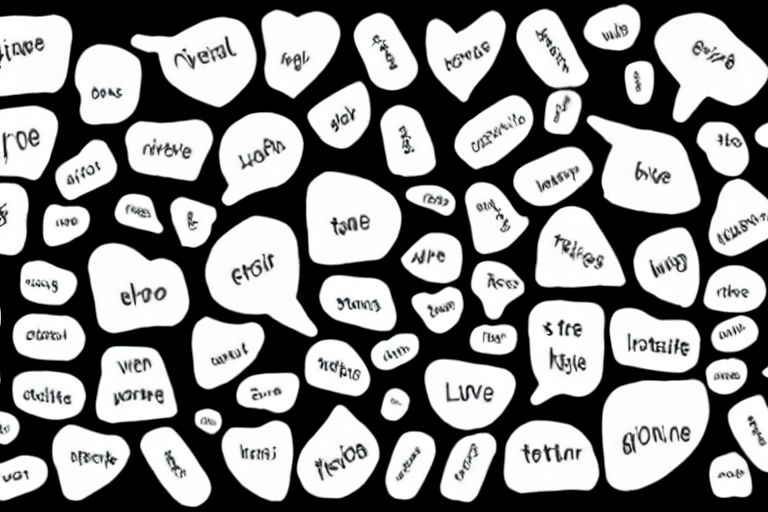Advanced Techniques for Model Evaluation in Machine Learning
When working with machine learning models, it's essential to ensure that the models perform well on a dataset other than the training set. This process is known as model evaluation. Here are some advanced techniques for model evaluation in machine learning:
Cross-validation
Cross-validation is a technique used to train and evaluate models. It involves dividing the dataset into several smaller sets, known as folds. The model is trained on a subset of the data and evaluated on the remaining fold. This process is repeated several times, and the results are averaged to provide an accurate estimate of the model's performance.
Bootstrapping
Bootstrapping is a resampling technique that involves creating several new datasets from the original dataset through random sampling. These new datasets are then used to train and evaluate the model. Bootstrapping helps to reduce overfitting and provides a more accurate estimate of the model's performance.
Leave-One-Out Cross-Validation
Leave-One-Out Cross-Validation (LOOCV) is a special case of cross-validation. It involves training the model on all but one instance of the dataset and evaluating the model's performance on the omitted instance. This process is repeated for each instance of the dataset, and the results are averaged to provide an accurate estimate of the model's performance.
Stratified Sampling
Stratified Sampling is a sampling technique used to ensure that the dataset's distribution is maintained in the training and evaluation sets. This technique is useful when dealing with imbalanced datasets where some classes have more instances than others. By using stratified sampling, we can ensure that each class's representation is maintained in both sets to provide accurate model evaluation.
K-Fold Cross-Validation
K-fold Cross-Validation is similar to cross-validation, but it involves dividing the dataset into K equal-sized folds. The model is trained and evaluated K times, with each fold serving as the evaluation set once. The results are averaged to provide an accurate estimate of the model's performance.
These advanced techniques for model evaluation in machine learning can help improve the accuracy and reliability of machine learning models. By using these techniques, machine learning practitioners can ensure that their models perform well on new datasets and in real-world scenarios.



